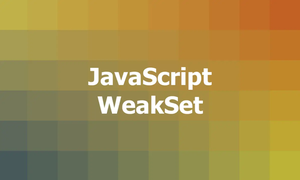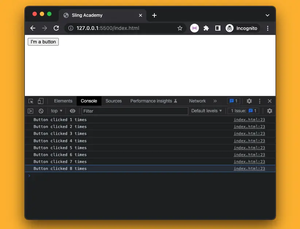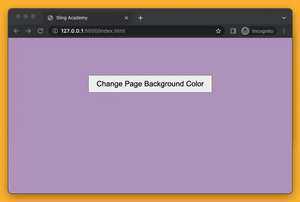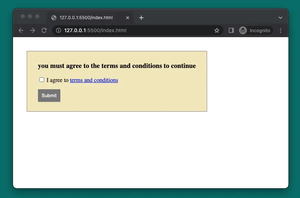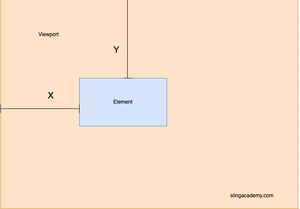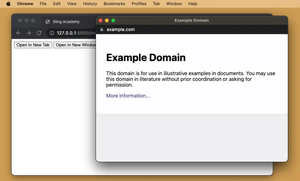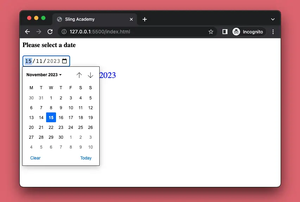In modern web development, it's crucial to handle CSS values dynamically. Traditionally, these values are strings, making them somewhat cumbersome to manipulate directly for style calculations and changes. Enter the CSS Typed Object Model (OM). This model gives JavaScript developers a more programmable way of dealing with CSS values, converting them into typed objects. One powerful feature of CSS Typed OM is unit conversion. Let's dive into how you can leverage this feature for streamlined conversions right within your JavaScript code.
Why Use CSS Typed OM for Unit Conversion?
- Precision and Ease: Convert values between units without approximations or manual calculations.
- Programmatic Access: Treat CSS values as objects that can be manipulated programmatically beyond simple function calls.
- Enhanced Readability: Replaces verbose string manipulations with clearer, object-based commands.
Getting Started
The CSS Typed OM is part of the CSS Houdini project, aiming to enhance and extend styling capabilities. To access Typed OM functionality, your browser needs support; modern browsers like Chrome, Edge, and Firefox are increasingly adding support. Given this, let's look at some practical examples.
Converting Units with CSS Typed OM
The foundation of Typed OM unit conversion lies in the CSS object provided by the browser. Within this object, methods such as CSS.px(), CSS.cm(), and others are used to create typed CSS value descriptors.
Example: Converting Pixels to Centimeters
// Create a CSS Typed Value representing 200 pixels
const valueInPixels = CSS.px(200);
// Convert the value to centimeters (assuming 96dpi -> 1 inch = 2.54 cm)
const valueInCm = valueInPixels.to('cm');
console.log(`200 pixels is equivalent to ${valueInCm.toString()}`);
In the snippet above, CSS.px(200) creates a typed value representing 200 pixels. Then, using valueInPixels.to('cm'), you seamlessly convert the pixel value into centimeters, honoring the browser's internal conversion standards.
Example: Converting Relative Units
Certain conversions like em-to-rem can also be managed through the CSS Typed OM.
// Assume base font-size is 16px
// Create a typed value representing 2 em
const emValue = CSS.em(2);
// Convert em value to pixels
const pixelValue = emValue.to('px');
console.log(`2em is equivalent to ${pixelValue.toString()}`);
This example showcases converting a unit such as em to pixels. Styling or font-related adjustments that involve dynamic switching between these referred units become straightforward.
A Touch on Performance Maximization
While the CSS Typed OM is powerful, appropriate use cases are necessary. Constantly converting unit types on elements in high-frequency UI updates could impact performance. Therefore, it's advisable to do so judiciously and offload calculations where possible.
Conclusion
Unit conversion using CSS Typed OM in JavaScript strengthens a developer's toolbox for dynamic and precise styling techniques pivotal to modern web application development. Although support is gradually catching up across browsers, utilizing Typed OM for responsive and scalable unit conversion directly in your scripts elevates the robustness of handling style logic. Harness this streamlined approach to reduce verbose code and tighten your runtime consistency.

